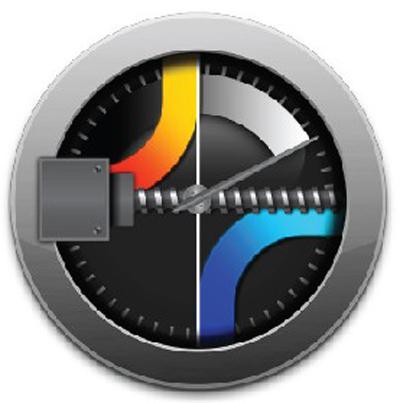
Okuma America Corp. introduces ServoNavi, which improves cycle times and accuracy when machining heavy parts. ServoNavi is the fifth option available in Okuma's set of performance-enhancing "Intelligent Technologies" and is standard on most machining centers, lathes and multitasking machines equipped with the OSP-P300 control.
ServoNavi highlights:
- Work Weight Auto Setting: Automatically estimates table loads, adjusting for optimal speed resulting in faster cycle times. This function is ideal for dies requiring surface shaping.
- Auto Inertia Setting: Estimates chuck and workpiece speed and direction, automatically changing servo parameter settings to optimum values to reduce positioning errors. High accuracy and stable movement are maintained during machining.
- Reversal Spike Adjustment: Maintains machining accuracy and surface quality by fine tuning slide resistance changes that occur over time due to various machine tool applications. Decreases reversal spikes and eliminates crease marks during axis reversal, resulting in better surface finishes.
- Vibration Auto Adjustment: Eliminates noise and vibration, which contributes to longer machine life while improving surface quality.
Contact Details
Related Glossary Terms
- centers
centers
Cone-shaped pins that support a workpiece by one or two ends during machining. The centers fit into holes drilled in the workpiece ends. Centers that turn with the workpiece are called “live” centers; those that do not are called “dead” centers.
- chuck
chuck
Workholding device that affixes to a mill, lathe or drill-press spindle. It holds a tool or workpiece by one end, allowing it to be rotated. May also be fitted to the machine table to hold a workpiece. Two or more adjustable jaws actually hold the tool or part. May be actuated manually, pneumatically, hydraulically or electrically. See collet.
- multifunction machines ( multitasking machines)
multifunction machines ( multitasking machines)
Machines and machining/turning centers capable of performing a variety of tasks, including milling, drilling, grinding boring, turning and cutoff, usually in just one setup.
- shaping
shaping
Using a shaper primarily to produce flat surfaces in horizontal, vertical or angular planes. It can also include the machining of curved surfaces, helixes, serrations and special work involving odd and irregular shapes. Often used for prototype or short-run manufacturing to eliminate the need for expensive special tooling or processes.

